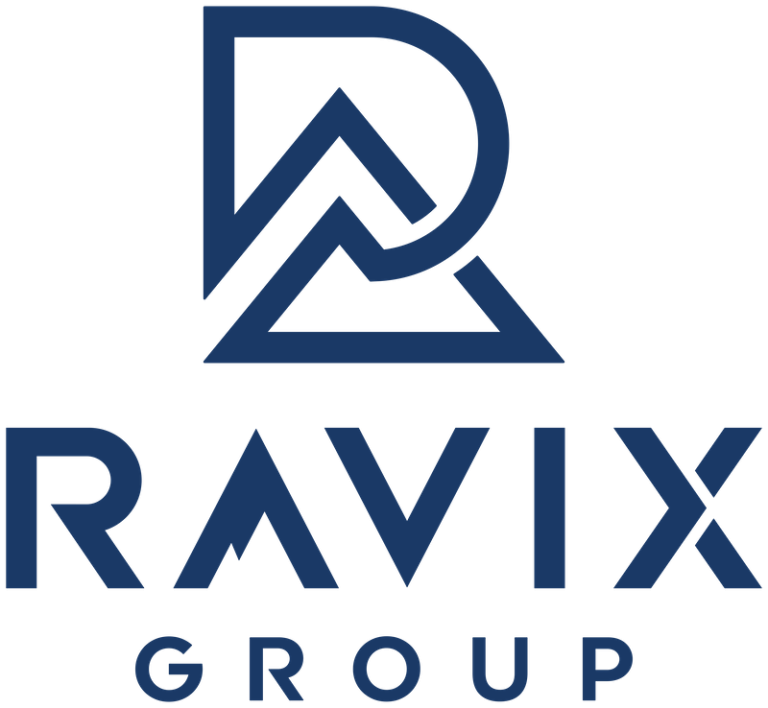As a Chief Restructuring Officer recently focused on startup turnarounds, I’ve worked with numerous startups grappling with the challenge of achieving and demonstrating product-market fit (PMF) to investors. For a struggling startup founder, this can seem like a daunting task. However, with the right approach and metrics, you can achieve PMF and effectively communicate this success to your stakeholders. Let’s dive into the metrics you should track and how to use them to tell your story.
Understanding Product-Market Fit
PMF occurs when your product resonates strongly with a specific market segment. It’s not just about having a great product; it’s about having the right product for the right market. Achieving PMF means your product fulfills a need or solves a problem in a way that is both efficient and scalable. Showing that you’re on the path to PMF can be the difference between getting your next funding and becoming acquired at fair value or winding down. See: Understanding Product-Market Fit: What is it and Why it Matters?
Building Your Product Market Fit Metrics Dashboard
Most startup founders monitor their metrics on a weekly, monthly, or quarterly basis, depending on their discipline and investor requirements. If your startup is failing to tell the story that it has product-market fit, you’ll need to start my monitoring your metrics weekly, and making any tactical changes in your organization to keep on track to prove both traction and product-market fit.
1. Customer Retention Rate: This shows how well your product keeps customers over time. High retention rates are a strong indicator of PMF. Compare yours to the industry standard, try and get competitors numbers if possible.
2. Churn Rate: The flip side of retention, churn rate measures how many customers you’re losing. A declining churn rate often correlates with achieving PMF.
3. Net Promoter Score (NPS): Word of mouth is the penultimate sign you achieved PMF, so its crucial to make sure you’re monitoring a customer metric and understanding if your customer would recommend your service.
4. Revenue Growth Rate: Consistent growth in revenue and strong business cash flow indicate a growing demand for your product, a key component of PMF.
5. Customer Acquisition Cost (CAC) and Lifetime Value (LTV): A low CAC relative to high LTV suggests that customers find great value in your product and are worth more than what you spend to acquire them.
6. Usage Metrics: Metrics like daily active users (DAUs) or monthly active users (MAUs) can provide insights into how integral your product is to users.
7. Repeat Purchase Rate (for eCommerce): If applicable, this shows that customers are continually finding value in your product.
It’s not only important to monitor these metrics, but to compare them to industry standards as well as look for mechanisms to improve them.
Using Metrics to Tell Your Story
Your ability to narrate your startup’s journey through data is as crucial as the data itself. Here’s how to weave these metrics into a compelling narrative for your investors:
1. Start with a Strong Narrative: Begin by articulating the problem your product solves. Use customer stories and testimonials to add a human element to the data.
2. Show Growth and Improvement Over Time: Use graphs to depict growth in key metrics like revenue, NPS, and customer retention. This demonstrates where you are and how you’ve grown and improved over time.
3. Highlight Customer Engagement and Satisfaction: Use your NPS and retention rates to show how customers are responding to your product. Testimonials and case studies can be powerful here.
4. Discuss Customer Acquisition and Value: Show how your CAC has decreased over time while LTV has increased. This indicates that you’re not only attracting more customers but that they’re valuable in the long term.
5. Illustrate Product Usage: Charts showing daily or monthly active users provide tangible evidence of your product’s role in customers’ lives.
6. Address the Churn Rate: If your churn rate is decreasing, highlight this as evidence of improving PMF. If it’s not, address the steps you’re taking to improve it.
Visualizing Product-Market Fit
1. Retention Curve: A graph showing the percentage of customers you retain each month demonstrates how sticky your product is.
2. Growth Metrics Over Time: Line graphs or bar charts showing revenue growth, NPS improvement, and decreasing CAC over time are effective.
3. Usage Statistics: Graphs displaying DAUs or MAUs can illustrate increasing user engagement.
4. Churn Rate Trend: A line graph showing your churn rate over time is crucial, especially if it’s trending downwards.
5. CAC vs. LTV: A comparative chart showing the gap between CAC and LTV widening over time is a powerful visual aid.
Achieving PMF is a crucial milestone for any startup. But equally important is your ability to demonstrate this achievement to your investors and stakeholders. By focusing on the right metrics and crafting a narrative that ties these numbers to your startup’s unique story, you can effectively communicate your journey to PMF. Remember, data tells a story, and in the startup world, it’s your story of adapting, overcoming, and thriving, which will be key to turning around your startup.
Interested in a Chief Restructuring Officer to help with the difficult tasks associated with turnaround? Reach out today to learn how Ravix Group can restructure business debt, manage cost savings initiatives, re-evaluate your revenue model and dashboard, and look at all options for your exit:



